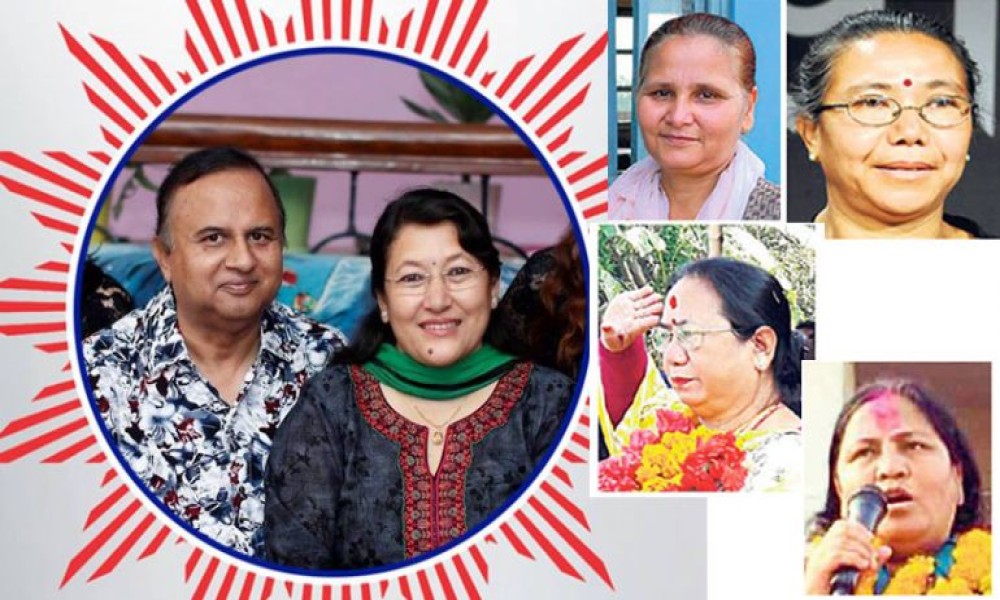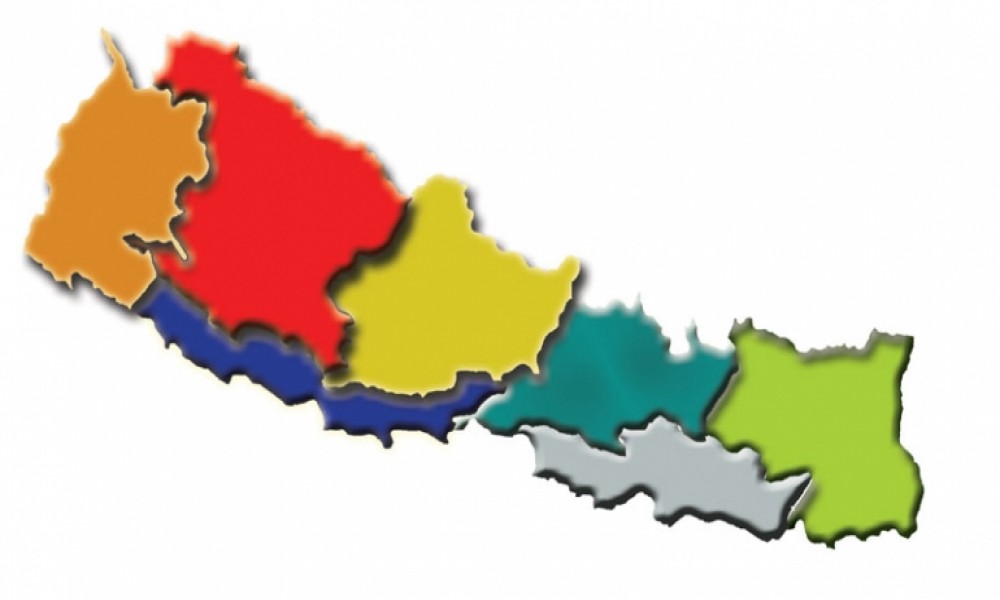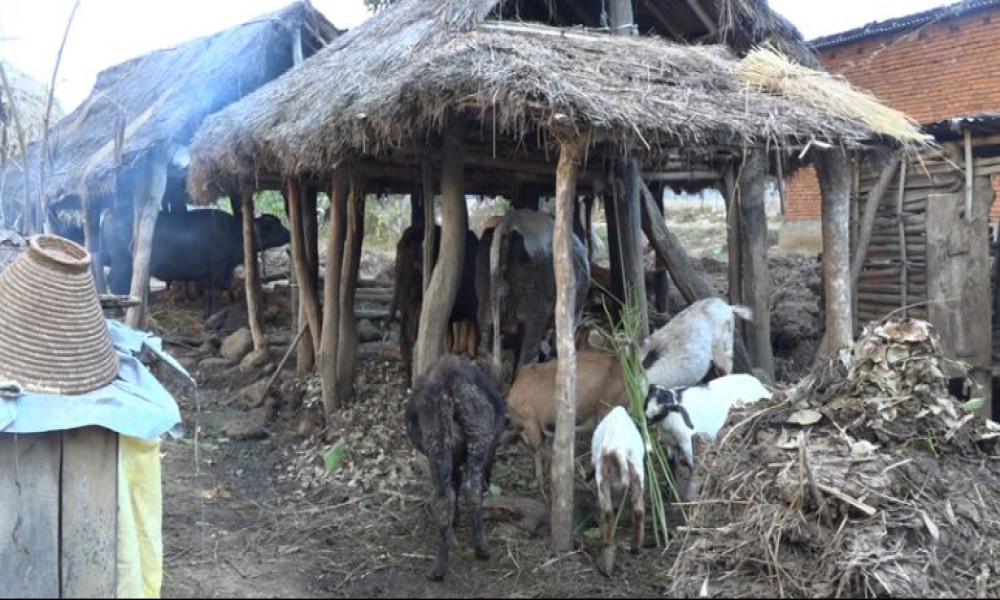She was born to a Brahmin (non-indigenous) family, but the CPN (Maoist-Centre) nominated her as a Member of Parliament (MP) through a Janajati (indigenous women) quota.
The woman in question here is Yashoda Subedi, one of the five women nominated by the ex-revolutionary party as MPs through Janajati quotas. Because Subedi is married to Maoist leader Dev Gurung, she claimed to be a Janajati, and the Maoists subscribed to her logic.
If a Brahmin woman becomes a Janajati after marrying a Janajati man, a Janajati woman becomes a Brahmin by marrying a Brahmin man. Right? Yes, logically. But no, if we look at how political parties handle this tricky issue.
If a Brahmin woman becomes a Janajati after marrying a Janajati man, a Janajati woman becomes a Brahmin by marrying a Brahmin man. Right? Yes, logically. But no, if we look at how political parties handle this tricky issue.
Sujita Shakya was a Newar by birth, but she married a Brahmin man, UML leader Shankar Pokharel. However, even after marriage, she remained a Newar. And the UML picked her up as an MP through a Janajati quota.
The logic used by the Maoists to nominate Yashoda Subedi as an MP through a Janajati quota was discarded by the UML – the largest party with which the CPN (Maoist-Centre) is set to unify.
Even within the same party, this logic varies from case to case. For example, the CPN (Maoist-Centre), which nominated Yashoda Subedi as an MP through a Janajati quota, discarded its own logic to send Sashi Shrestha into the Parliament. Although a Newar by birth, She is married to Maoist leader Lila Mani Pokharel, a Brahmin man. If Yashoda Subedi became a Janajati after marrying a Janajati, Sashi Shrestha remained a Janajati even after marrying a Brahmin.
So, how should we decide whether a woman is Janajati or not? Should we consider the surname that she inherited from her father, or the one that she got from her husband? Political parties have dealt with this tricky question at their own convenience.
Through a quota meant for a Tharu woman, the Nepali Congress has chosen Parbati Chaudhary as an MP. But she was a Chhetri by birth, and she preferred to identify herself as a Tharu only after marrying a Tharu man.
how should we decide whether a woman is Janajati or not? Should we consider the surname that she inherited from her father, or the one that she got from her husband? Political parties have dealt with this tricky question at their own convenience.
As political parties decide at their own discretion whether a woman is Janajati or not, genuine Janajati women who deserve to be in the Parliament have been left behind. Met Mani Chaudhary, an elected MP from Dang, has told Nagarik daily: “This is a blatant abuse of discretionary power, and it is very unfair to the real Janajati women.”
On various social media platforms, people have criticized the way political parties have handled this tricky situation, with some Twitter users dubbing it a form of ‘Bahunbad’. When Nepal adopted Proportional Representation (PR) electoral system, its main purpose was to ensure that various marginalized clusters, including Janajati women, are proportionally represented in the Parliament. But top male Brahmin politicians who run all national political parties have misused this system to send their own wives into Parliament – whether they are Janajatis by birth or by marriage.
It is perhaps too late to rectify the problem. But even if the new Parliament does not pass a legislation determining whether a Janajati woman should be identified by her father’s or husband’s surname, the real Janajati will be left out even in the future.









